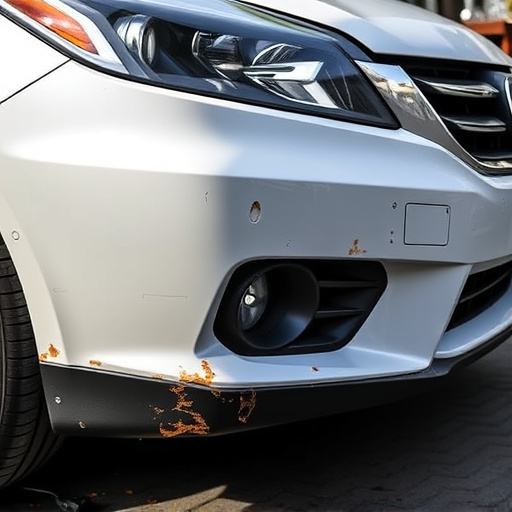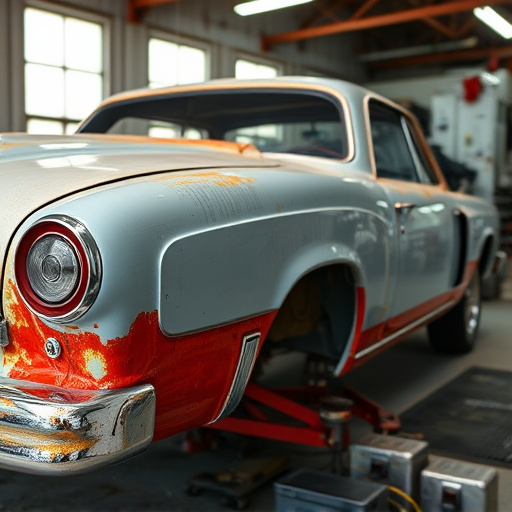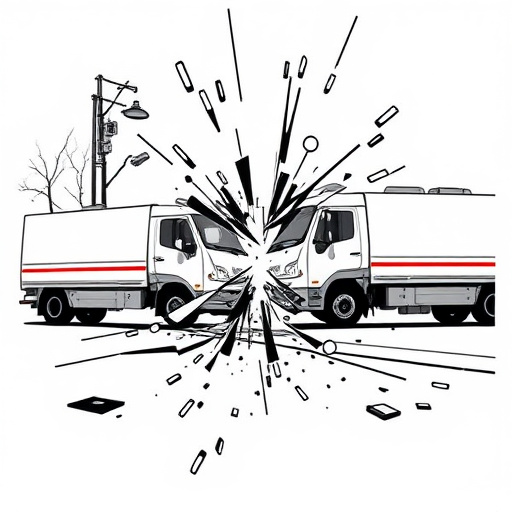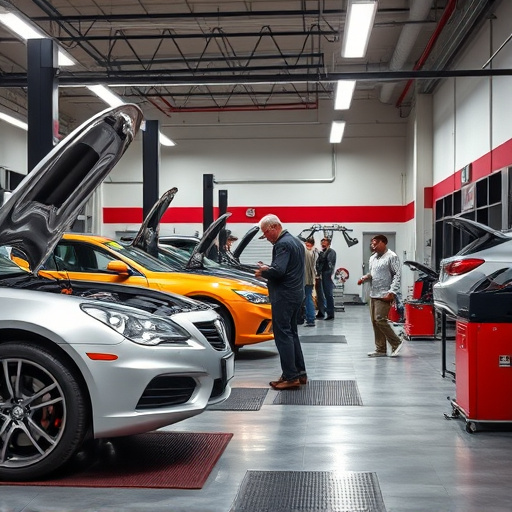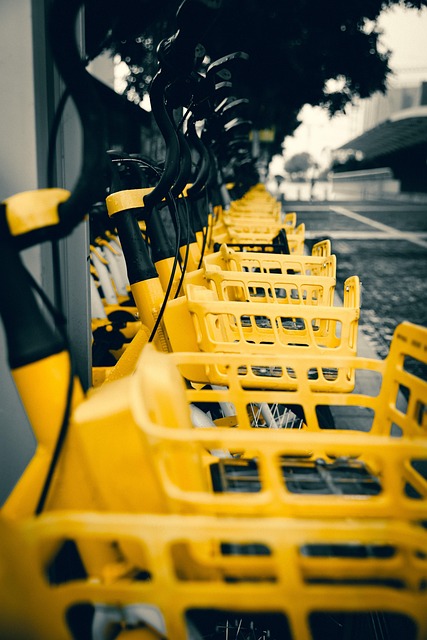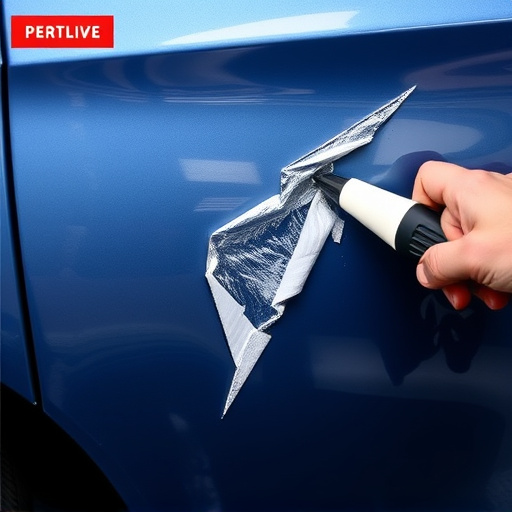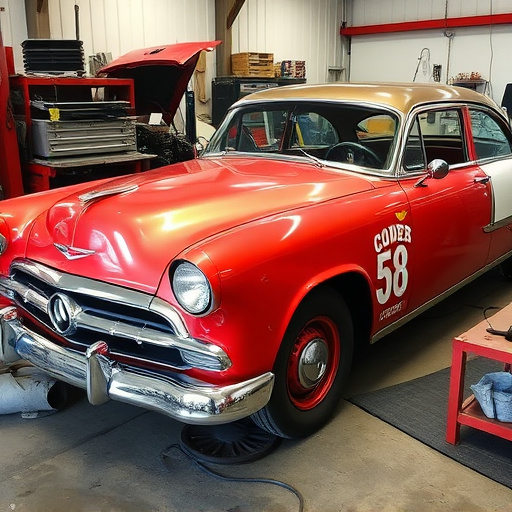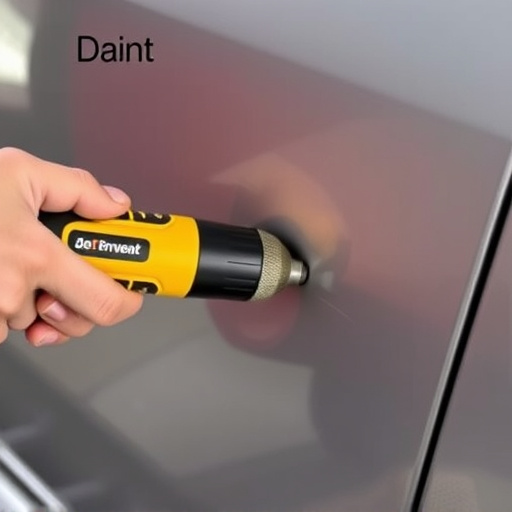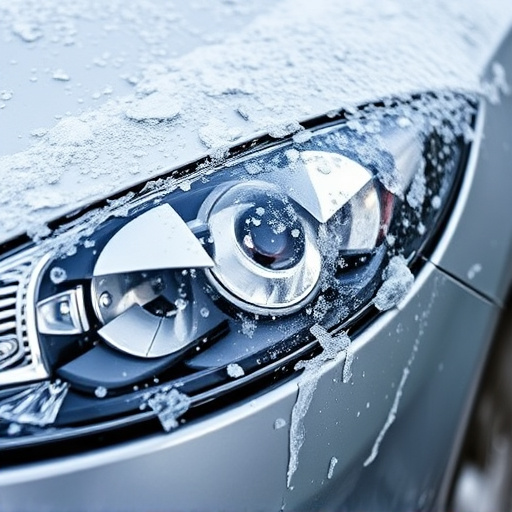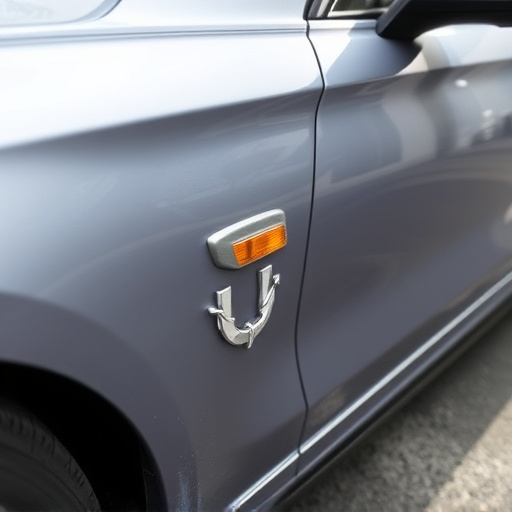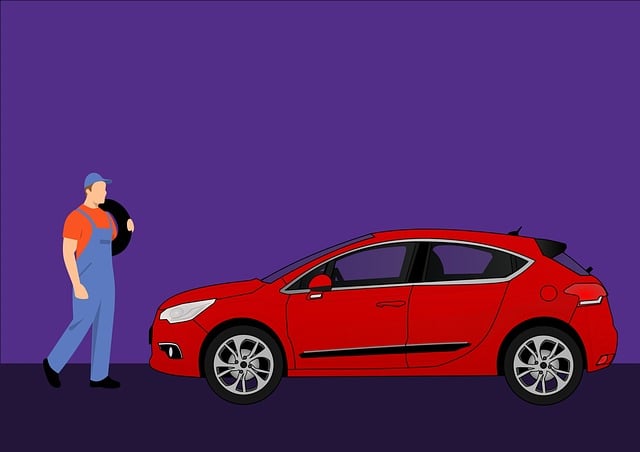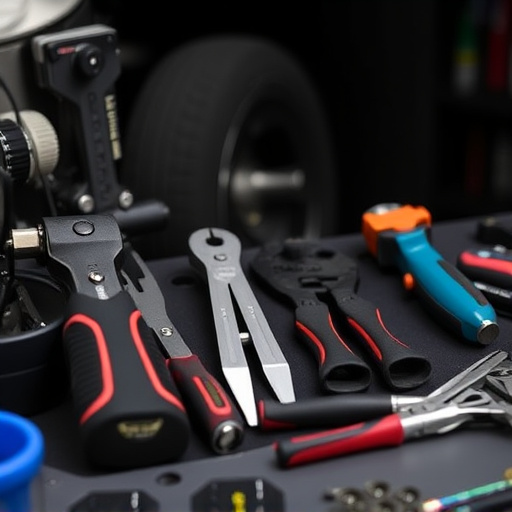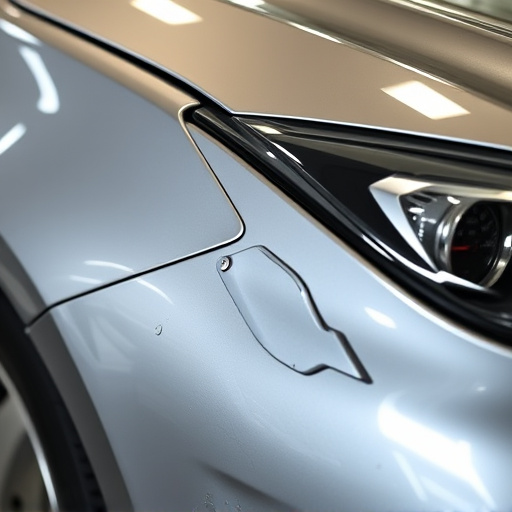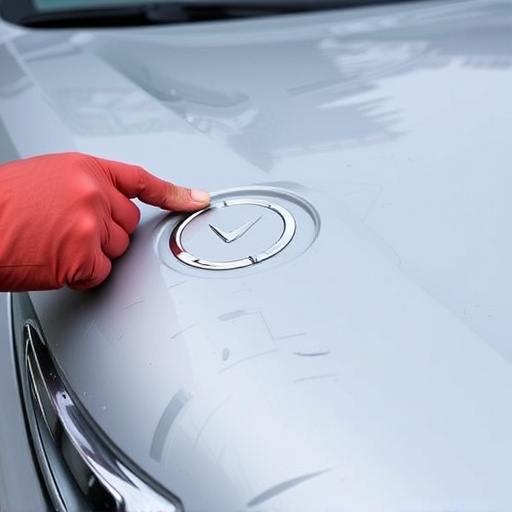Hail damage not only dents cars but also weakens paintwork, leading to rust and structural issues over time. Professional hail damage repair involves a meticulous process including assessment, dent removal, filling, sanding, priming, and high-quality painting for seamless matching. To protect against future damage and maintain the restored finish, regular washing, waxing with modern technologies like ceramic coatings, and advanced treatments are recommended.
Hail damage repair is a critical aspect of vehicle maintenance, especially in regions prone to severe weather. Hail can leave behind visible dents and more subtle, yet damaging, impacts on a car’s paint and finish. This article delves into the science behind hail damage and its effects on automotive paint. We explore the meticulous repair process, offering insights into restoring not just the physical damage but also ensuring a long-lasting, high-quality finish. By understanding these key factors, vehicle owners can make informed decisions regarding hail damage repair.
- Understanding Hail Damage and Its Impact on Paint
- The Repair Process: Restoring Paint Quality
- Ensuring Long-Lasting Finish: Tips and Best Practices
Understanding Hail Damage and Its Impact on Paint
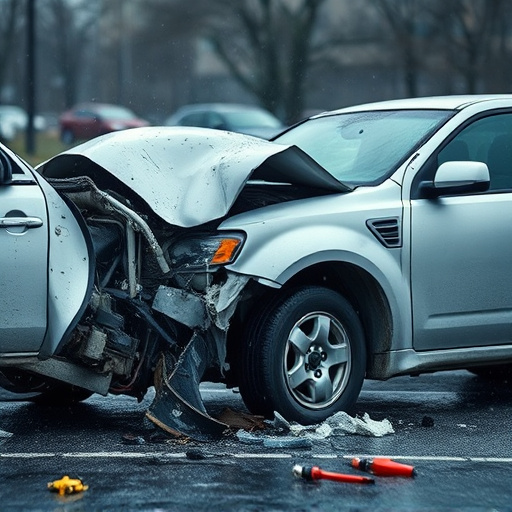
Hail damage can leave unsightly dents and marks on a vehicle’s surface, but its impact extends further than meets the eye. These small, yet powerful, ice crystals can cause significant damage to the paintwork, exposing the underlying metal and compromising the integrity of the finish. Over time, this can result in rust formation and a breakdown of the paint’s protective layers.
When hail strikes, it creates tiny ruptures in the paint’s surface, which, if left unrepaired, can lead to more severe issues. Professional hail damage repair involves skillfully addressing these dents and cracks through techniques like dent removal, painting, and blending. Reputable vehicle body shops employ trained technicians who understand the subtleties of auto painting and finishing, ensuring that repairs are seamless and the final outcome matches the vehicle’s original aesthetic.
The Repair Process: Restoring Paint Quality
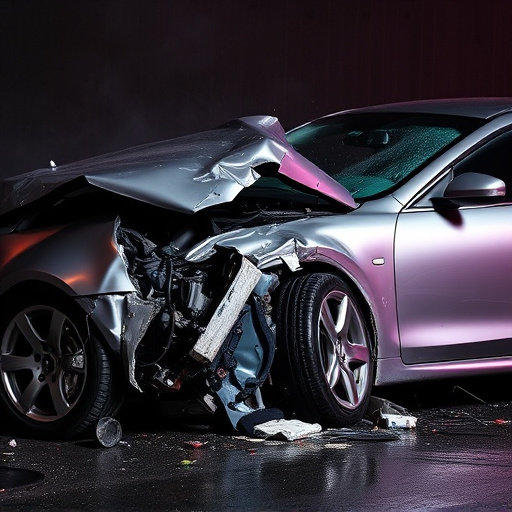
The process of hail damage repair involves several steps designed to restore a vehicle’s exterior to its pre-hail condition. It begins with meticulous assessment to identify the extent of the paint and finish damage caused by the hailstones. Skilled technicians then carefully remove any damaged or delaminated paint, using specialized tools and techniques. This step is crucial in ensuring that only genuine car paint services are performed, preserving the original finish and color match.
After preparation, the actual repair process kicks in. This includes filling and sanding of dents, followed by priming and painting to revive the car’s exterior. Advanced car bodywork services employ high-quality paints and finishes, along with precise application methods, to match the vehicle’s original paint job. Through this meticulous restoration, not only is the visual appeal of the car’s paint and finish enhanced, but also its structural integrity, ensuring the vehicle looks as good as new on the road.
Ensuring Long-Lasting Finish: Tips and Best Practices
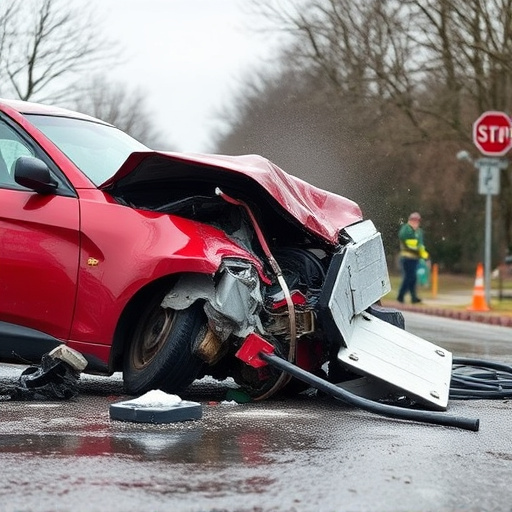
After hail damage repair, maintaining a long-lasting finish is paramount to protect your vehicle’s investment. The process involves more than just fixing dents; it’s about restoring the paint and finish to its original state or even enhancing it with modern technologies for better durability. Here are some tips to ensure a lasting result:
Regular washing and waxing are essential, especially in regions prone to frequent hailstorms. These practices create a protective layer, shielding the paint from UV rays that can cause fading and cracking over time. Opting for high-quality car wax and microfibers during cleaning minimizes scratches, preserving the finish. Additionally, consider ceramic coatings, which offer superior protection against road salt, tree sap, and other environmental contaminants commonly associated with hail damage. These advanced treatments are applied by professional vehicle body shops to provide an extra layer of defense, enhancing the overall appearance and longevity of your car’s paint job.
Hail damage repair goes beyond fixing dents; it’s about revitalizing a vehicle’s protective paint layer. By understanding the impact of hail and employing meticulous repair methods, car owners can ensure their vehicles not only look as good as new but also maintain long-lasting paint quality. Adhering to best practices during the restoration process is key to preserving the vehicle’s aesthetic appeal and ensuring its exterior stands the test of time, even in challenging weather conditions.
